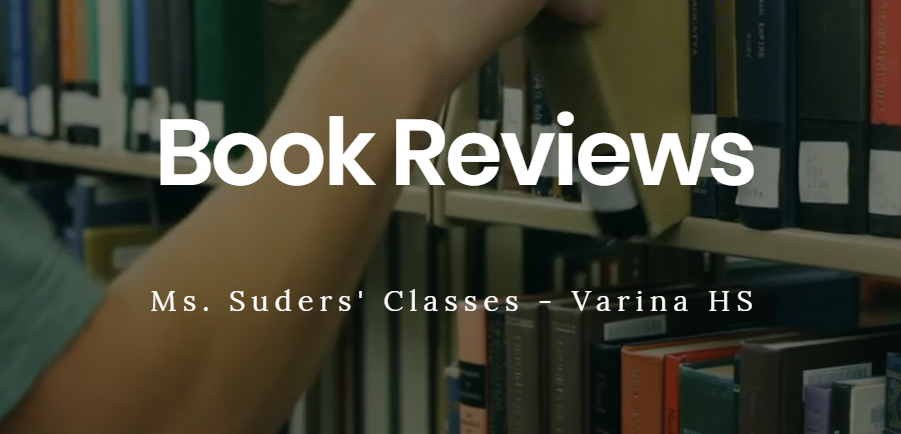Submitted by: Josh Schulhoff
Collaborators: Hattie Smart, Caroline Arp, Greg Metcalf, and Simon Sibelman (Richmond Holocaust Museum)
School: Deep Run High School
Summary
In an effort to take the French learning experience away from the walls of the classroom and relate
it to the world in which we live, as well as support house bill HB2409 and Virginia SOL’s, I venture to
expose the French language students to the concepts found in the realm of the Holocaust. The five
lessons within this unit take advantage of the 4 modes utilized in a foreign language classroom in
order to achieve fluency in the target language. These modes include Reading, Writing, Listening,
and Speaking. Students selected from a variety of web 2.0 tools (such as www.prezi.com, www.voicethread.comand edu.glogster.com) to share their insights and understandings about the Holocaust.
TIPC Ratings
Many of the lesson activities required students to locate, explore and analyze information and as a result, this unit is rated as target. Students must find information, analyze and internalize what they find to form a coherent argument supporting an opinion based on fact.
The inclusion of a text in the target language, additional textual information, engaging online videos and the complexities of the Holocaust and the survivors stories necessitated students work together to create their own stories (and to extend their knowledge by analyzing situations currently plaguing countries in Africa.) As a result this unit is rated as target in terms of communication and collaboration.
This unit is approaching in terms of problem solving and critical thinking, as the multi-faceted activities provide introduction to a complex topic with a focus on the process and story. If this lesson was more oriented to solving the problems faced in society then students could delve further into the critical thinking and problem solving arena. Although the goal is mainly on understanding France’s role, the stories and strife of the survivors, and learning the target language, students also gain a greater understanding of genocide happening in the world today.
This lesson is target as the learning experience is about internalizing an event and retelling a story in modern and unique way. Students are charged with coming up with a 21st Century tool and manner to best convey their survivor’s story. They have been given supporting background information and digital video, which will have been discussed and analyzed in smaller teams and in larger class discussions.. Students will use a variety of creative means to tell their story. There is a focus on student creativity and innovation thoughout the entire lesson unit.




